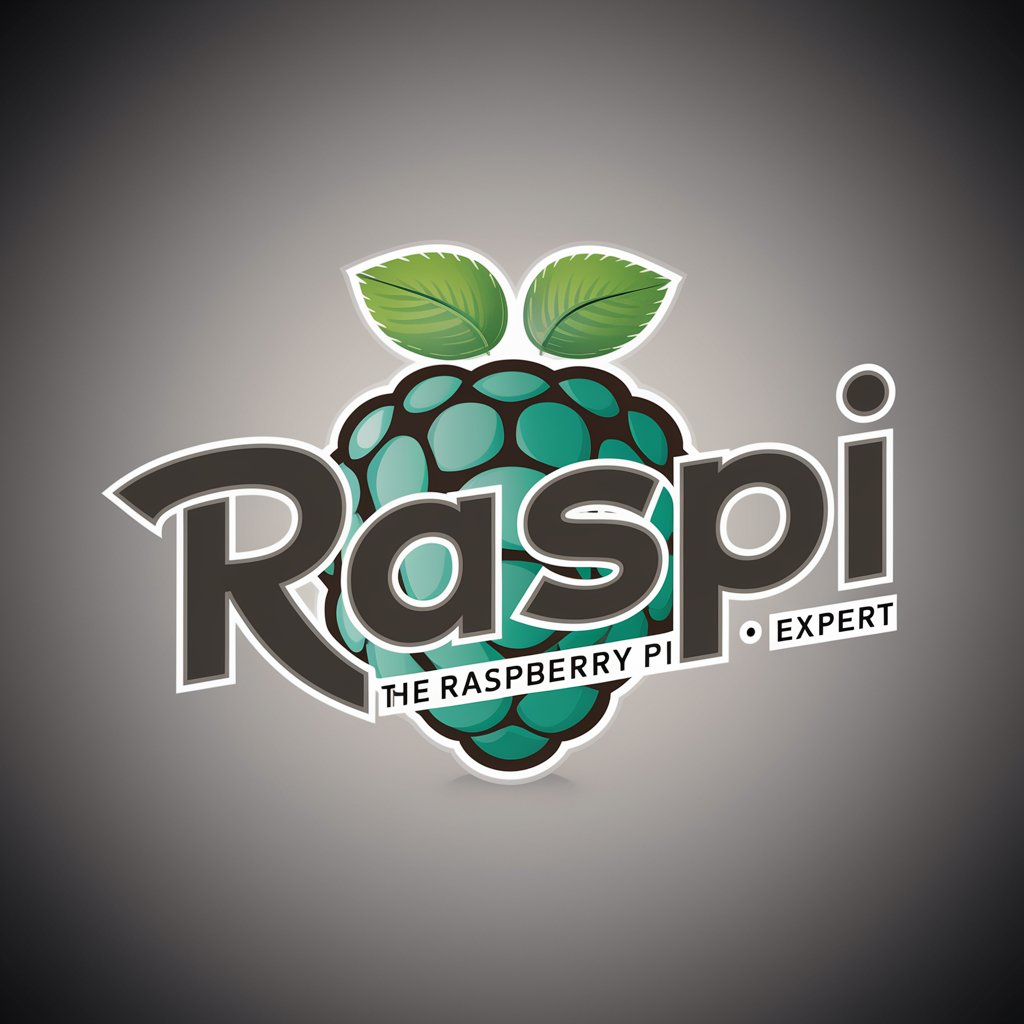Open RAN xApps / rApps - Open RAN Network Optimization

Empowering dynamic RAN optimization
Get Embed Code
Introduction to Open RAN xApps / rApps
Open RAN xApps and rApps are software applications designed to enhance and optimize the operations of Radio Access Networks (RANs) within the Open Radio Access Network (Open RAN) architecture. xApps operate in the near-real-time RAN Intelligent Controller (near-RT RIC), making decisions in the order of milliseconds to seconds, and are primarily focused on RAN optimization and control. rApps run on the non-real-time RIC (non-RT RIC), with a broader decision-making window, typically seconds to minutes, and are concerned with RAN management and policy guidance. Examples include dynamic spectrum management, load balancing, interference detection and mitigation, and energy savings. These applications leverage the openness and programmability of the RAN to implement intelligent, adaptive control strategies, and policies, thereby improving network efficiency, performance, and flexibility. Powered by ChatGPT-4o。

Main Functions of Open RAN xApps / rApps
Traffic Steering
Example
Traffic Steering xApp
Scenario
Dynamically adjusts user allocation across cells to manage congestion and optimize network load, ensuring smooth user experiences even during peak times.
QoS Enhancement
Example
QoS Enhancement rApp
Scenario
Prioritizes traffic for critical services such as emergency calls or high-value customers, improving service reliability and customer satisfaction.
Energy Savings
Example
Energy Savings rApp
Scenario
Manages and reduces energy consumption in the RAN by dynamically turning off unused or underutilized network components, contributing to sustainability goals.
Anomaly Detection
Example
Anomaly Detection xApp
Scenario
Identifies and responds to abnormal network patterns in real-time, preventing potential outages and enhancing network security.
Spectrum Management
Example
Dynamic Spectrum Management xApp
Scenario
Optimizes spectrum usage based on real-time demand and interference levels, maximizing network capacity and throughput.
Ideal Users of Open RAN xApps / rApps Services
Telecommunications Operators
Operators benefit from enhanced network performance, flexibility, and efficiency, leading to improved service quality and reduced operational costs.
Network Equipment Manufacturers
Manufacturers can develop and deploy innovative RAN solutions faster, tapping into new revenue streams while supporting operator needs for agile and intelligent networks.
Regulatory Bodies
Regulators can leverage these applications to ensure optimal spectrum utilization and adherence to quality of service standards, promoting fair competition and innovation.
Technology Researchers and Developers
Researchers and developers can experiment with new algorithms and technologies within the RAN, accelerating the pace of innovation in mobile networks.

Usage Guidelines for Open RAN xApps / rApps
1
Start by exploring the possibilities at a platform offering free trials, such as yeschat.ai, where no login or subscription to premium services is necessary.
2
Identify the specific network challenges or performance objectives your RAN is facing to select the most suitable xApps or rApps for deployment.
3
Engage with the Open RAN community or seek expert consultations to understand the interoperability and integration capabilities of your chosen applications with existing RAN components.
4
Proceed to deploy the xApps or rApps in a controlled environment, monitoring their performance and impact on network operations closely.
5
Based on the outcomes and learnings, iteratively adjust and scale the application deployment across the network to optimize performance and achieve desired objectives.
Try other advanced and practical GPTs
DocuCompare Helper
AI-powered document comparison at your fingertips.

VELLAME Troubleshoot Pro
AI-powered Imaging Equipment Diagnostics

Project navigator
Deconstructing complexity with AI power

Retro VHS Artist
Reviving Nostalgia with AI-Driven Art

Real Estate Redesign
Transform Your Property with AI

Shoes Elegant Footwear Sneakers Shopping Guide
AI-powered Sneaker Concierge

Playlist Pen
Crafting tailored, AI-powered playlist descriptions.

Yo! GPT Raps
Revive the 90's Hip-Hop Era

Raspberry Pi (Raspi)
Empower Your Ideas with AI

Forthright
Empowering critical thinking through AI-driven analysis

Securities Law Guide
Demystifying Securities Law with AI

International Tax Advisor
Navigate Global Tax Laws with AI

Q&A about Open RAN xApps / rApps
What are Open RAN xApps and rApps?
xApps and rApps are software applications designed for the Open RAN ecosystem, where xApps operate at the near-real-time RAN Intelligent Controller (RIC) for network optimization and control, and rApps operate at the non-real-time RIC for broader network management and policy enforcement.
How do xApps and rApps contribute to network efficiency?
By leveraging advanced algorithms and machine learning models, xApps and rApps dynamically manage and optimize network resources, improving efficiency, reducing latency, and enhancing user experiences.
Can xApps and rApps work with any RAN architecture?
While designed for Open RAN architectures to take advantage of its open interfaces and interoperability, they can be integrated into traditional RAN setups with proper adaptations, promoting flexibility and innovation.
How are xApps and rApps deployed and managed?
They are deployed on the RIC platforms within the Open RAN architecture and can be managed through standard RAN management tools and interfaces, supporting ease of deployment, scaling, and updates.
What is the impact of xApps and rApps on 5G networks?
They are pivotal in realizing the full potential of 5G by enabling intelligent, adaptive, and efficient network operations, supporting the delivery of differentiated services and ensuring optimal resource utilization.
